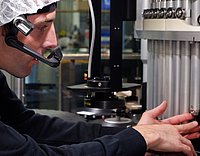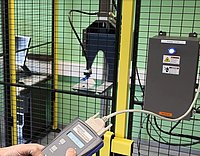
Highlights
- What is a mechanistic bioprocess model?
- How do mechanistic bioprocess models differentiate from a statistical (DoE-) model?
- What are industrial relevant applications for mechanistic bioprocess models?
- Computational environments to develop and run mechanistic- and statistical bioprocess models?
As a bioprocess professional, you frequently hear and read about mechanistic bioprocess models. Yet, you keep wondering what relevance mechanistic models have for your bioprocess development and manufacturing activities.
In this article, you will learn:
- What is a mechanistic bioprocess model, and how does it differentiate from a statistical (DoE-) model?
- Applications of mechanistic models in bioprocessing?
- Computational environments for bioprocesses to develop and run mechanistic models








